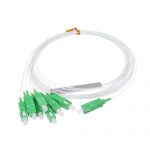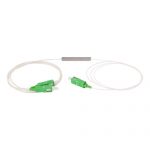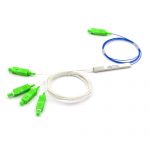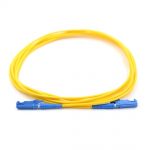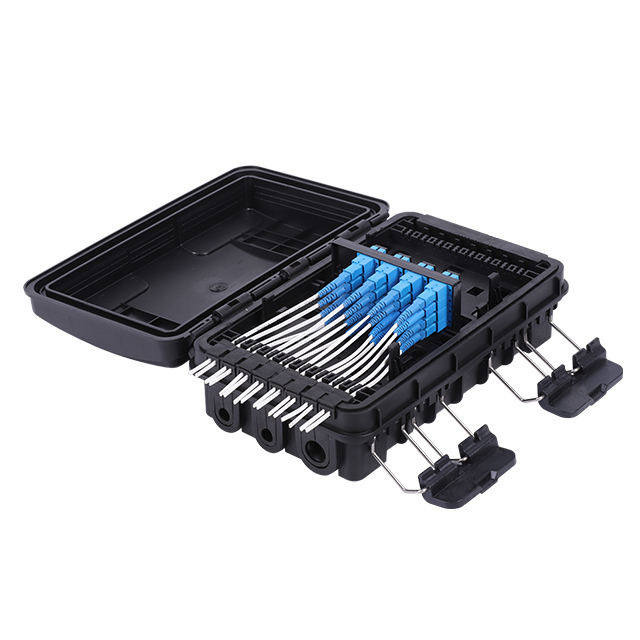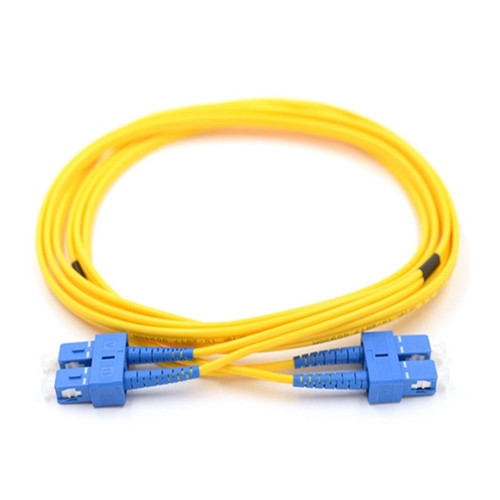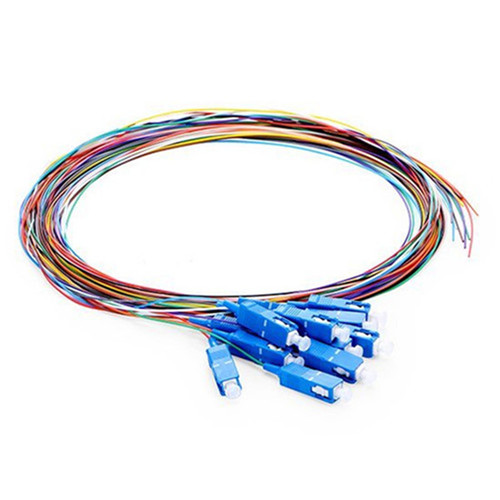Fiber patch cords are an essential component of any fiber optic network. They provide the physical link between devices such as switches, routers, and servers, enabling data to flow between them. However, with a variety of fiber patch cord types available on the market, it can be difficult to determine which one is best suited for your network. In this article, we’ll provide an overview of the different fiber patch cord types available and help you choose the best one for your network.
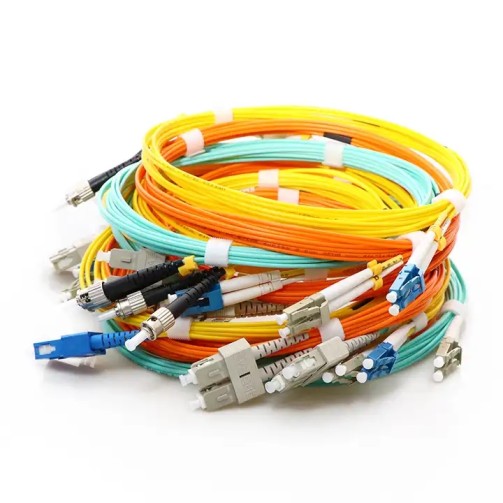
Types of Fiber Patch Cords
- Single-Mode Patch Cords Single-mode patch cords are designed to work with single-mode fiber optic cables. These cords are used for long-range transmissions and are typically used in telecommunications and data center applications. They have a smaller core diameter than multimode patch cords, which allows for less signal dispersion and a greater transmission distance.
- Multimode Patch Cords Multimode patch cords are designed to work with multimode fiber optic cables. These cords are used for shorter-range transmissions and are commonly used in LAN, SAN, and other local networking applications. They have a larger core diameter than single-mode patch cords, which allows for more signal dispersion but also limits the transmission distance.
- Duplex Patch Cords Duplex patch cords are used when a device needs to transmit and receive data simultaneously. They consist of two separate fibers enclosed in a single jacket and are available in both single-mode and multimode configurations. Duplex patch cords are commonly used in switches, routers, and other network devices.
- Simplex Patch Cords Simplex patch cords are used when a device only needs to transmit data in one direction. They consist of a single fiber enclosed in a jacket and are available in both single-mode and multimode configurations. Simplex patch cords are commonly used in applications such as fiber optic sensors and video transmission.
- Armored Patch Cords Armored patch cords are designed to provide extra protection against physical damage. They have a metal sheath around the fiber core, which helps prevent damage from bending, crushing, and other forms of physical stress. Armored patch cords are commonly used in harsh environments such as industrial and military applications.
- Bend-Insensitive Patch Cords Bend-insensitive patch cords are designed to minimize signal loss caused by bending or twisting the fiber cable. They have a special coating around the fiber core that helps reduce signal loss even when the cable is bent at sharp angles. Bend-insensitive patch cords are commonly used in data center applications where space is limited and cables must be routed in tight spaces.
Selecting the Best Fiber Patch Cord for Your Network
When selecting a fiber patch cord for your network, there are several factors to consider:
- Transmission Distance The transmission distance required for your network will determine whether you need single-mode or multimode patch cords. Single-mode patch cords are better suited for longer distances, while multimode patch cords are better suited for shorter distances.
- Bandwidth The bandwidth required for your network will also determine which patch cord type you need. Single-mode patch cords have a higher bandwidth than multimode patch cords, which makes them better suited for high-speed applications.
- Connector Type The connector type required for your network will depend on the devices you’re connecting. Common connector types include SC, LC, and ST.
- Environment The environment in which the patch cord will be used should also be considered. For harsh environments, such as industrial or military applications, armored patch cords may be required. For tight spaces, such as data centers, bend-insensitive patch cords may be a better option.
- Cost Finally, cost is always a consideration when selecting a fiber patch cord. Single-mode patch cords are generally more
